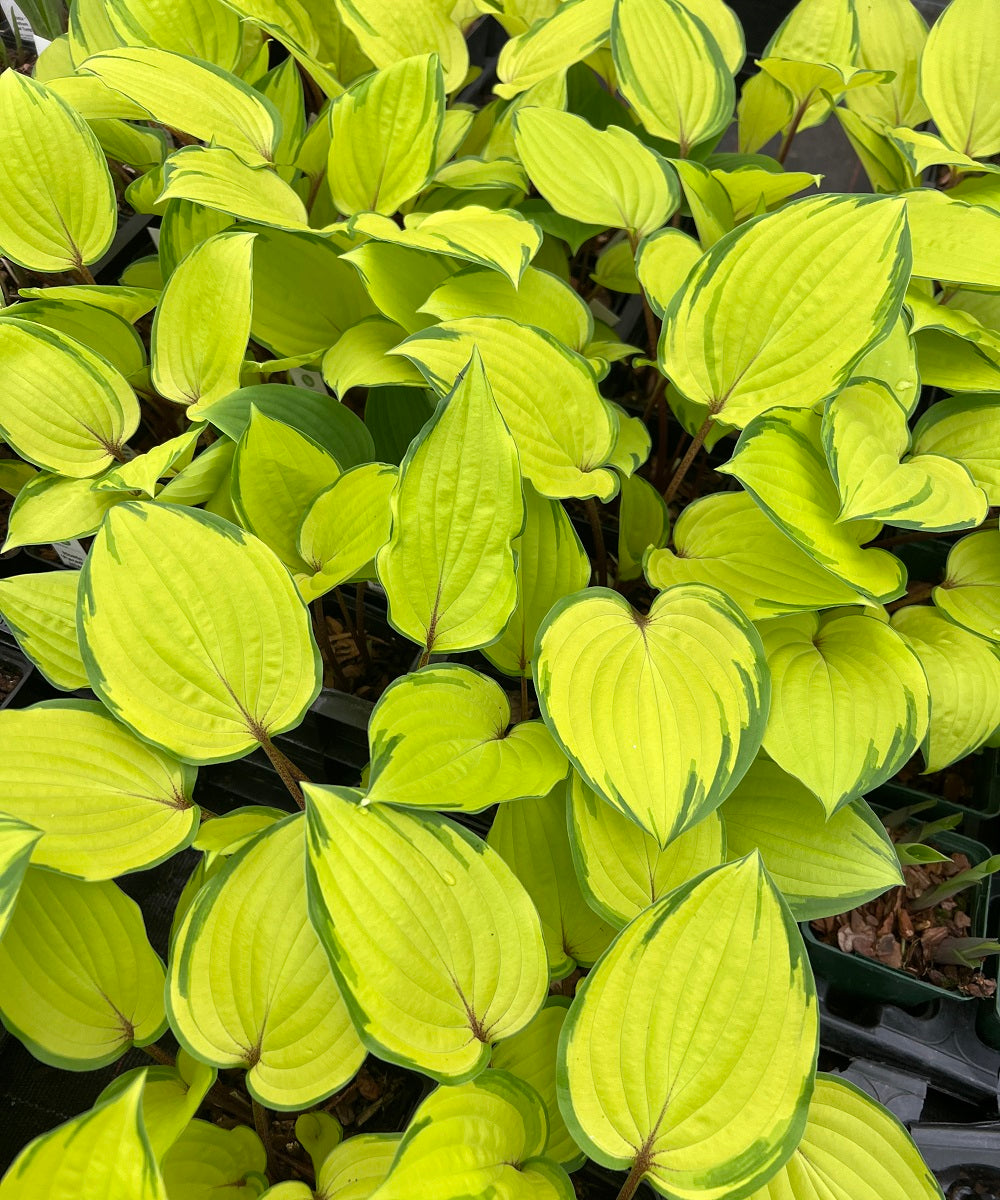
Hostas are one of the most beloved perennials in gardens worldwide, prized for their lush foliage and versatility. But how did these shade-loving plants transition from their wild origins to the stunning array of sports and hybrids we see today? Let’s explore the fascinating evolution of hostas, from their beginnings in the wild to their role as stars of modern gardens.
Hostas, also known as Plantain Lilies, are native to the woodlands and riverbanks of East Asia, particularly Japan, Korea, and China. In their natural habitats, they grow in moist, shaded environments, thriving in the dappled light beneath trees. Early forms of hostas were far simpler than the hybrids we see today, with plain green leaves and subtle lavender or white flowers.
These wild species were first described by European botanists in the 18th century. The genus was named after the Austrian botanist Nicolaus Thomas Host, but it wasn’t until the 19th century that hostas began making their way to Western gardens. Early introductions were largely unremarkable compared to the colourful and textured varieties we now admire.
The turning point for hostas came in the mid-20th century when gardeners and plant breeders began exploring the potential for hybridisation. By crossing different species, they sought to create plants with more interesting colours, shapes, and patterns. The introduction of variegated foliage was a game-changer, as it added dramatic contrasts and light-catching qualities to hosta leaves.
Breeders have focused on a variety of traits, including:
Leaf Colour: Moving beyond green, breeders introduced blue, gold, and bi-coloured varieties.
Variegation: Patterns like streaking, edging, and marbling became increasingly popular.
Leaf Texture: New hybrids showcased corrugated, wavy, or heart-shaped leaves.
Size Diversity: From towering giants like ‘Empress Wu’ to tiny treasures like ‘Blue Mouse Ears’, hostas now range in size to fit any garden space.
Flowers: Although hostas are primarily grown for their foliage, some hybrids have been bred for striking blooms or fragrant flowers, such as those in the Hosta plantaginea lineage.

Today, the world of hosta hybridisation is more innovative than ever. Breeders continue to push the boundaries, creating unique plants that cater to both aesthetic preferences and practical needs. Recent trends include:
Unusual Varieties: Cultivars like ‘First Blush’ and ‘Miss Christa’ stand out for their distinctive shapes and colours.
Slug-Resistant Hostas: With pests like slugs being a common problem, breeders are working on varieties with thicker, more resistant leaves.
Compact Hostas for Small Gardens: As urban gardening grows in popularity, miniature and small-scale hostas are becoming highly sought after.

The future of hostas looks bright, with ongoing advancements in hybridisation promising even more diversity. Climate change and the increasing demand for low-maintenance plants may also influence breeding efforts, leading to hostas that are even more resilient and adaptable.
For gardeners and collectors, the endless variety of hostas ensures there is always something new to discover. Whether you’re drawn to bold foliage, subtle elegance, or quirky shapes, the evolution of hostas guarantees that this beloved plant will remain a staple of gardens for generations to come.
At Sienna Hosta, we’re passionate about offering a curated selection of both classic and modern hosta varieties. Explore our collection to find your next garden treasure and join us in celebrating the incredible journey of these remarkable plants. Shop Now